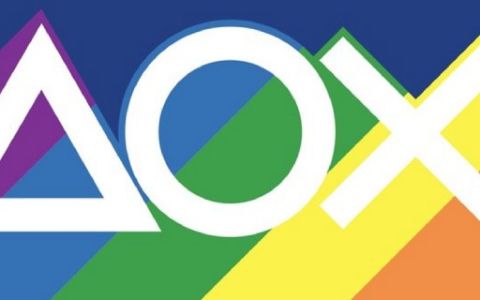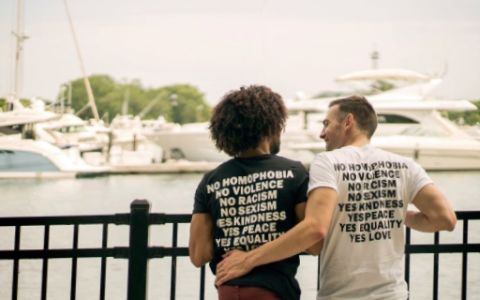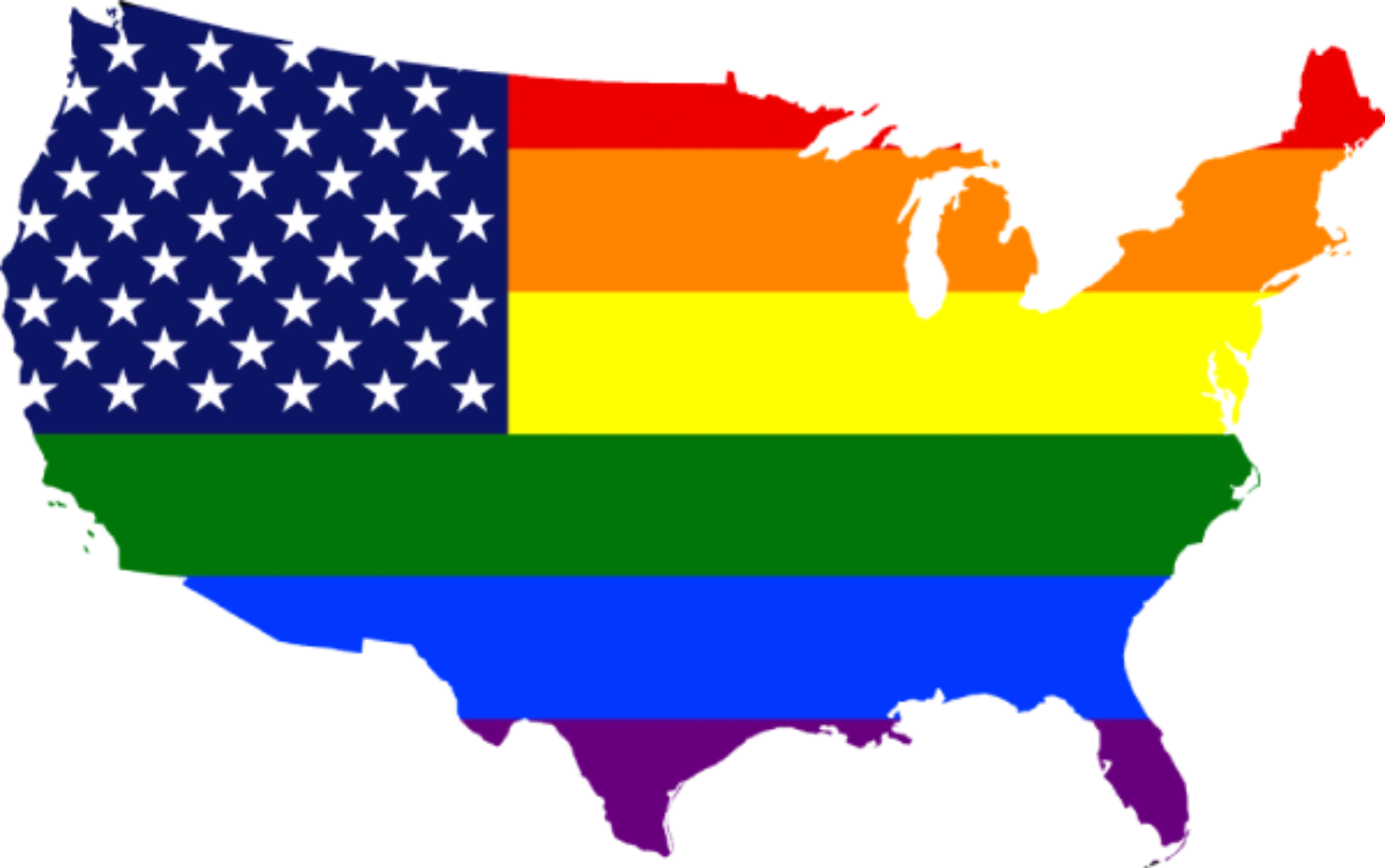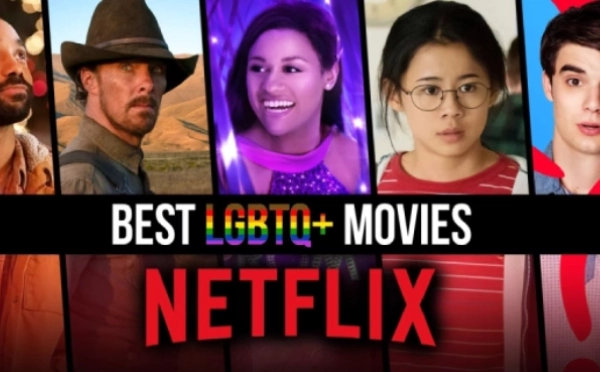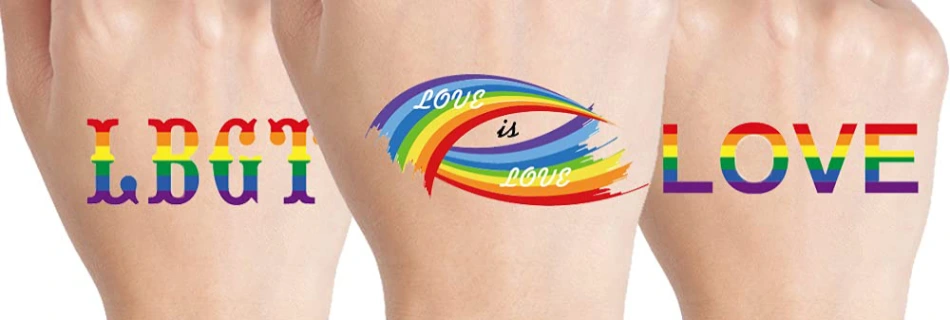
A gay tattoo can mean different things to different people, as tattoos are a form of self-expression. However, there are some commonly recognized symbols within the LGBTQ+ community that are often used as gay tattoos, such as the rainbow flag, the pink triangle, or the lambda symbol. The rainbow flag is a symbol of LGBTQ+ pride, with each color representing a different aspect of the community. The pink triangle was originally used as a symbol of oppression during the Holocaust, but was later reclaimed by the LGBTQ+ community as a symbol of strength and solidarity. The lambda symbol was adopted by the Gay Activists Alliance in the 1970s and has since become a symbol of LGBTQ+ rights and equality. Other gay tattoos may feature quotes or images that hold personal significance to the individual.
The Symbolism and Significance of Gay Tattoos
Gay tattoos are a popular form of body art that carry significant meaning for members of the LGBTQ+ community. These tattoos often serve as a symbol of pride, solidarity, and identity for the queer community, and they can come in many different forms. From rainbow flags to symbols of love and equality, gay tattoos are a way for individuals to express themselves and show their support for the LGBTQ+ community.
But what do these tattoos really mean? Each tattoo design carries its own unique message, and understanding the significance behind each one can help you better appreciate the symbolism and importance of gay tattoos. In this article, we'll explore some of the most common gay tattoo designs and their meanings, as well as the cultural and historical significance behind them. Whether you're a member of the LGBTQ+ community or an ally, learning about these tattoos can help you better understand and appreciate the rich culture and history of the queer community.
The History and Culture of LGBTQ+ Tattoos
Tattoos have been a popular form of self-expression for centuries, and the LGBTQ+ community has embraced this art form to showcase their identity and pride. The history of LGBTQ+ tattoos can be traced back to the early 20th century, when gay men and women would get tattoos as a way to identify themselves to other members of the community.
During the AIDS crisis in the 1980s, the pink triangle became a symbol of resistance and solidarity for the LGBTQ+ community. The pink triangle was originally used by the Nazis to identify gay men in concentration camps, but it was reclaimed by the LGBTQ+ community as a symbol of strength and resilience. Today, the pink triangle is still a popular tattoo design for members of the LGBTQ+ community.
Other popular LGBTQ+ tattoo designs include the rainbow flag, which was first created in 1978 by Gilbert Baker as a symbol of pride and unity for the LGBTQ+ community. The rainbow flag has since become a global symbol of LGBTQ+ rights and is often incorporated into tattoo designs.
The lambda symbol is also a popular tattoo design among members of the LGBTQ+ community. The lambda symbol was first used in the 1970s by the Gay Activists Alliance as a symbol of gay liberation. Today, the lambda symbol is often used to represent the broader LGBTQ+ community.
Overall, LGBTQ+ tattoos are an important part of the community's culture and history. They serve as a way for individuals to express their identity and pride, and they also serve as a symbol of resistance and resilience in the face of discrimination and oppression.
Common Symbols and Designs Used in Gay Tattoos
Gay tattoos are a way for members of the LGBTQ+ community to express their identity, pride, and solidarity with the community. While there are no set symbols or designs for gay tattoos, there are some popular choices that carry special meaning.
One common symbol is the rainbow flag, which is a universal symbol of LGBTQ+ pride. It consists of six colors, each representing a different aspect of the community. Another popular symbol is the pink triangle, which was originally used by the Nazis to identify gay men in concentration camps but has since been reclaimed as a symbol of resistance and pride.
Other popular designs include the lambda symbol, which was first used by the Gay Activists Alliance in the 1970s and has since become a symbol of gay rights; the double male symbol, which represents male homosexuality; and the double female symbol, which represents female homosexuality.
Some gay tattoos also incorporate meaningful quotes or phrases, such as "love is love" or "pride." Others may feature images of famous LGBTQ+ activists or icons, such as Harvey Milk or RuPaul.
Ultimately, the design of a gay tattoo is a personal choice, and what it means to one person may not be the same as what it means to another. However, by incorporating these common symbols and designs, individuals can show their pride and solidarity with the LGBTQ+ community.
Personal Stories and Meanings Behind Specific Gay Tattoos
Gay tattoos are a way for individuals to express their identity and celebrate their LGBTQ+ community. Many people choose to get tattoos that hold a special meaning to them, and this is no different for those in the LGBTQ+ community. In fact, the personal stories and meanings behind specific gay tattoos are often what make them so special.
For example, some people choose to get tattoos of the rainbow flag, which is a symbol of the LGBTQ+ community. For them, the tattoo represents their pride in who they are and their support for the community. Others may choose to get tattoos of specific LGBTQ+ icons, such as Harvey Milk or Marsha P. Johnson, who fought for LGBTQ+ rights and representation.
Some gay tattoos may also hold a personal meaning to the individual. For instance, a person may get a tattoo of a certain flower or symbol that reminds them of a loved one who has passed away or a significant moment in their life. These tattoos can serve as a reminder of the person or moment, and provide comfort and strength during difficult times.
Overall, gay tattoos can hold a variety of meanings and stories behind them. They are a way for individuals to express their identity and celebrate their community, while also holding personal significance and memories.


